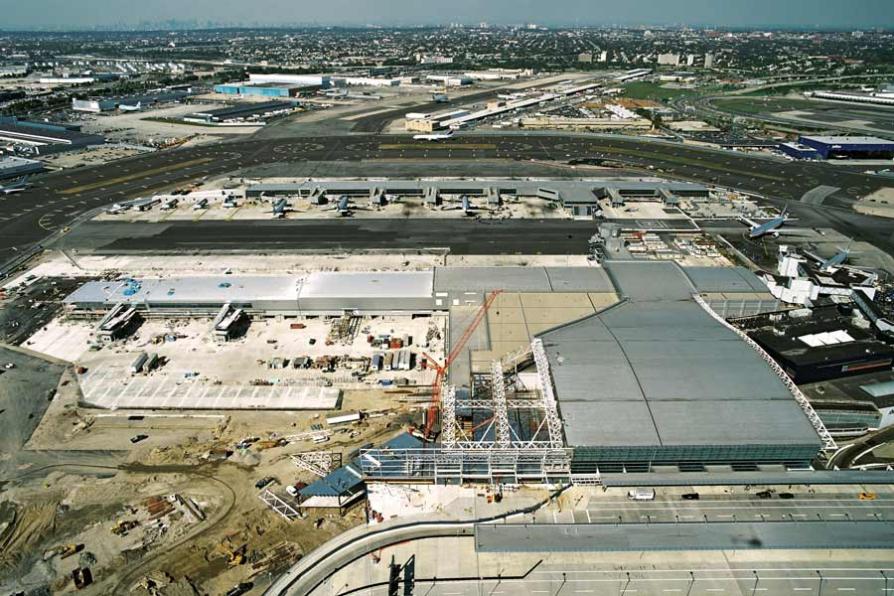What are the Most Common Commands Used in a Commandline Terminal?
In the realm of computing, the commandline terminal stands as a powerful tool, enabling users to interact with their systems and perform a wide range of tasks with remarkable efficiency. This article delves into the world of commandline terminals, exploring the most commonly used commands that empower users to navigate directories, manipulate files, obtain system information, process text, and establish network connections.

I. Introduction
A. Definition Of A Commandline Terminal
A commandline terminal, also known as a command prompt or console, is a text-based interface that allows users to interact with their computer or server by typing commands. It provides a direct and efficient way to execute tasks and manage system resources.
B. Purpose And Significance Of Commandline Terminals
Commandline terminals serve as versatile tools in various fields, including system administration, software development, web development, and cybersecurity. They offer several advantages, such as:
- Automation: Commands can be combined into scripts, automating repetitive tasks.
- Efficiency: Direct command execution often proves faster than using a graphical user interface (GUI).
- Flexibility: Terminals provide access to a wide range of commands and tools.
- Troubleshooting: Commandline terminals are invaluable for diagnosing and resolving system issues.
C. Thesis Statement: Exploring The Most Common Commands

This article presents an in-depth exploration of the most commonly used commands in a commandline terminal, categorizing them into distinct sections for easy understanding and reference.
II. Basic Navigation Commands
A. Navigating Directories
- "cd" (Change Directory): Changes the current working directory.
- "ls" (List Directory): Displays the contents of a directory.
- "pwd" (Print Working Directory): Displays the current working directory.
B. Creating And Deleting Directories
- "mkdir" (Make Directory): Creates a new directory.
- "rmdir" (Remove Directory): Deletes an empty directory.
C. Manipulating Files
- "touch" (Create File): Creates an empty file.
- "rm" (Remove File): Deletes a file.
- "cp" (Copy File): Copies a file.
- "mv" (Move File): Moves or renames a file.
III. File And System Information Commands
A. Displaying File Information
- "stat" (File Status): Displays detailed information about a file.
- "file" (File Type): Identifies the type of a file.
B. System Information Commands
- "uname" (System Name): Displays system information.
- "hostname" (Hostname): Displays the hostname of the system.
- "uptime" (Uptime): Displays the system's uptime.
IV. Text Processing Commands
A. Redirecting Input And Output
- ">" (Output Redirection): Redirects output to a file.
- "<" (Input Redirection): Redirects input from a file.
- ">>" (Append Output Redirection): Appends output to a file.
B. Text Manipulation Commands
- "grep" (Global Regular Expression Print): Searches for a pattern in a file.
- "sed" (Stream Editor): Performs text transformations.
- "awk" (Aho-Weinberger-Kernighan): Pattern-matching and data processing.
V. Networking And Communication Commands
A. Network Configuration Commands
- "ifconfig" (Interface Configuration): Displays network interface information.
- "route" (Routing Table): Displays and manipulates the routing table.
B. Communication Commands
- "ping" (Packet Internet Groper): Tests network connectivity.
- "ssh" (Secure Shell): Establishes a secure remote connection.
- "telnet" (Telecommunication Network): Establishes a text-based remote connection.
VI. Conclusion
A. Summarize The Most Common Commands Discussed
This article has presented a comprehensive overview of the most commonly used commands in a commandline terminal, covering basic navigation, file manipulation, system information, text processing, and networking. These commands provide a solid foundation for users to effectively interact with their systems and perform various tasks.
B. Emphasize The Importance Of Commandline Terminals In Various Fields

Commandline terminals remain indispensable tools in numerous fields, empowering system administrators, software developers, web developers, and cybersecurity professionals to efficiently manage systems, automate tasks, troubleshoot issues, and perform complex operations.
C. Encourage Readers To Explore Additional Commands And Resources
While this article has highlighted the most common commands, there are numerous other commands and resources available for users to explore. Readers are encouraged to delve deeper into the world of commandline terminals, experimenting with different commands and seeking additional resources to expand their knowledge and skills.
YesNo

Leave a Reply